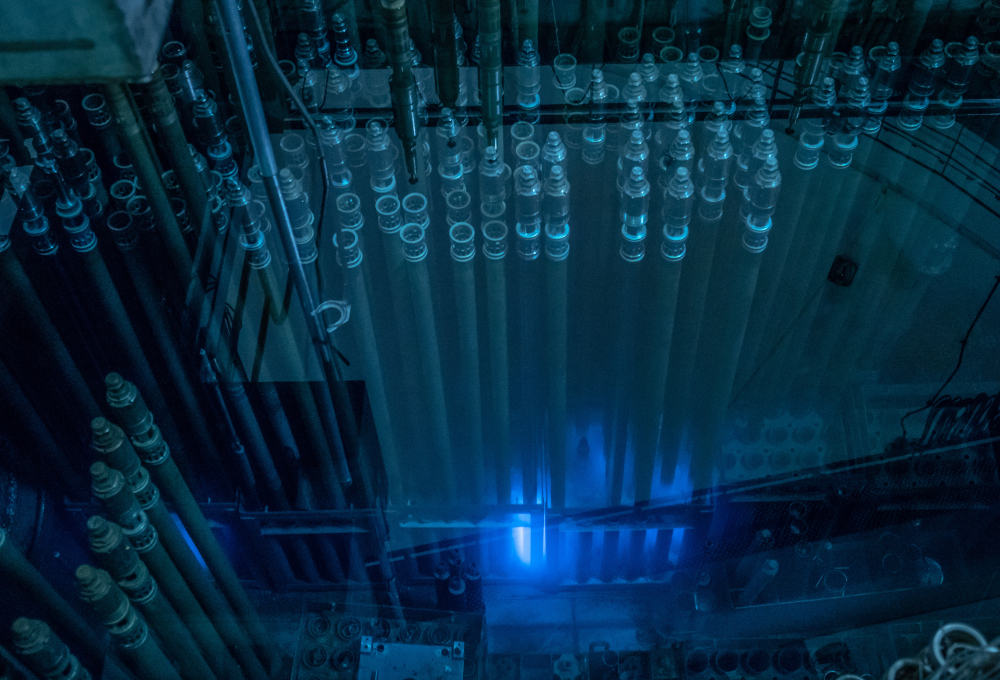
Mechanisms leading to hardening of alloys exposed to radiation have been identified
12-09-2024
Scientists are trying to better understand how materials, especially metals or their alloys, behave under the influence of extreme conditions, such as those in nuclear reactors. Cooperation between the Institute of Fundamental Technological Research of the Polish Academy of Sciences, the National Centre for Nuclear Research and Warsaw University of Technology has allowed the development of an atomic-level model for such materials, which sheds new light on the processes of strengthening chromium-rich alloys under the influence of nuclear radiation.
Imagine a material that is regularly exposed to intense stress and changing conditions. Over time, under the impact of these conditions, microscopic damage and cracks can appear in it, affecting its integrity and functionality. Such processes also take place in materials used in nuclear reactors, where radiation causes defects in the structure of metal alloys, which leads to changes in their mechanical properties and deterioration of their durability.
Therefore, it is extremely important to understand what exactly changes neutrons, alpha particles and other types of radiation cause in the structure of the material. Thanks to this, it is possible to find ways to produce more durable and long-lasting alloys. Such new materials can be used not only in research and power reactors, but also in the construction of spaceships or medical devices.
„Formulating theoretical models based on atomic-scale mechanisms is crucial because it helps us understand how the mechanical properties of materials change on a macro scale, especially under extreme conditions, such as irradiation with high-energy particles.” – says Dr Javier Dominguez-Gutierrez from the National Center for Nuclear Research in Świerk. Dr Aneta Ustrzycka from the Institute of Fundamental Technological Research of the Polish Academy of Sciences also notes that „models based on atomic simulations and then verified experimentally provide insight into how defects are created in the material and how they evolve under the influence of mechanical loads. By including mechanisms such as void shearing, shrinkage and collapse in the model, we obtain a full picture of how materials are modified under the influence of radiation. We can predict their behavior and effectively design more resistant alloys for applications in difficult conditions, such as nuclear reactors.”
The goal of scientists is to figure out the physical changes that occur in the material and how these changes contribute to making the material harder but potentially more brittle. „Samples subjected to irradiation were studied via transmission electron microscopy” – Dr Witold Chromiński adds – „This technique makes it possible to image materials at the atomic scale. In our recent paper, we focused mainly on the defects formed during the irradiation experiments like voids or dislocation loops which directly impact hardening of metals”
The results were published in the prestigious scientific journal International Journal of Plasticity in the article entitled „Atomistic analysis of the mechanisms underlying irradiation-hardening in Fe–Ni–Cr alloys” (doi: 10.1016/j.ijplas.2024.104118) being the first ever published in this journal. The research was financed by the National Science Centre through Grant No UMO-2020/38/E/ST8/00453 and the Foundation for Polish Science International Research Agenda PLUS program grant No. MAB PLUS/2018/8.





